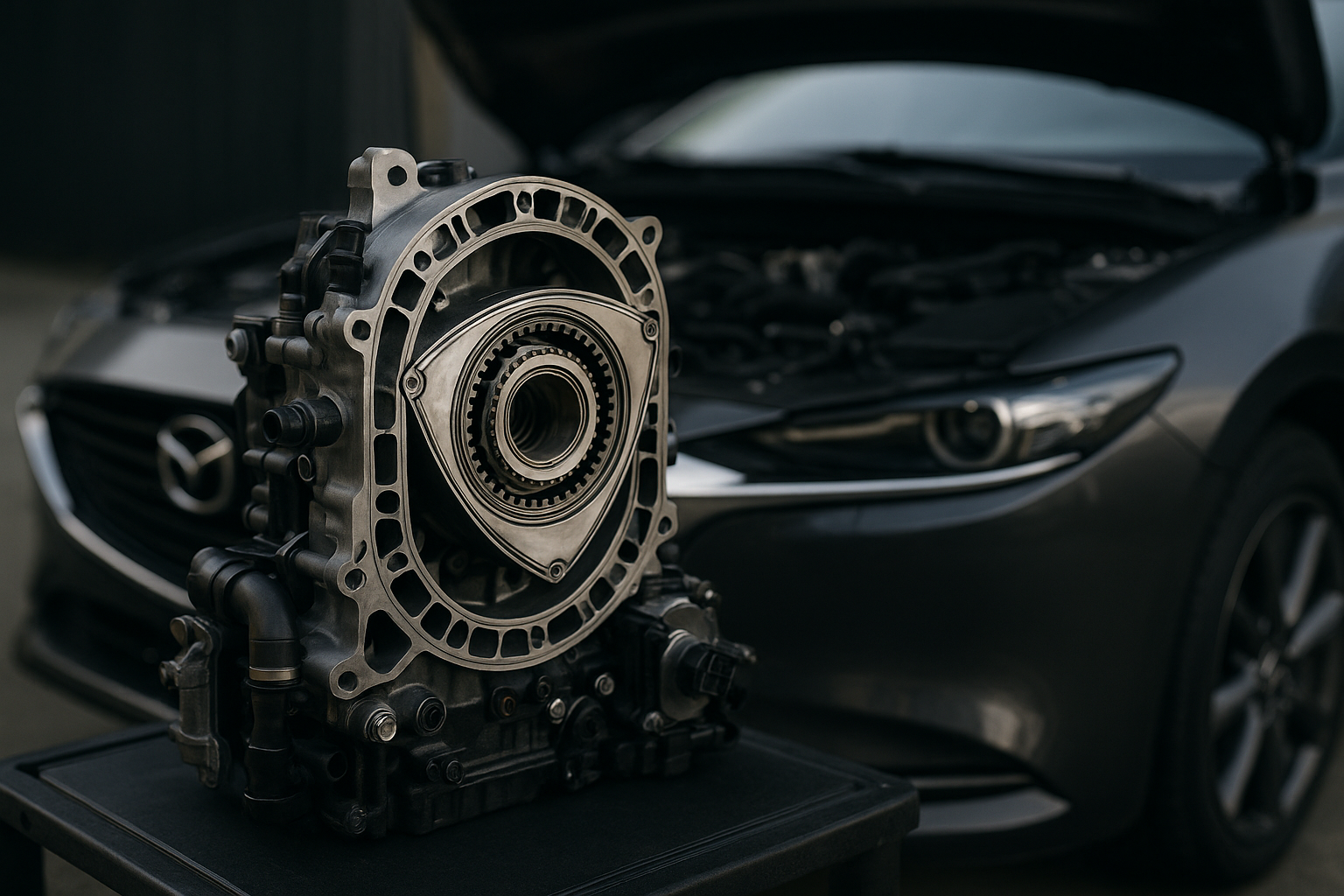Understanding Mechanical Switch Types and Their Typing Impact
Mechanical switch choice shapes how a keyboard feels and performs. This short overview highlights key factors—from tactile profiles and durability to wireless latency and layout options—that influence typing comfort and long-term usability for a variety of users.

Mechanical keyboards rely on distinct switch designs that change how each keystroke feels and sounds. The physical and electrical characteristics of switches affect typing speed, perceived effort, and feedback. Beyond switch type, factors such as ergonomics, layout, keycaps, stabilizers, and even backlight choices all contribute to the overall typing experience. This article explains common switch types and related components so you can understand trade-offs between feel, durability, latency, and customization.
Switches: How do they affect typing?
Switches determine actuation force, travel distance, and tactile feedback, which together shape typing rhythm. Linear switches provide smooth, consistent travel and are often preferred by typists who value minimal interruption during rapid keypresses. Tactile switches include a noticeable bump that signals actuation without bottoming out, which can help reduce accidental presses. Clicky switches add an audible click on actuation; that can aid feedback but may be distracting in shared spaces. The mechanical nature of these switches typically improves durability compared with membrane designs, and switch construction influences maintenance and long-term consistency.
What role does ergonomics and layout play?
Ergonomics and layout directly affect comfort and injury risk during extended typing sessions. Tenkeyless and compact layouts reduce hand travel and can position the mouse closer to the typing zone, sometimes improving posture. Larger layouts with a numpad can suit specific workflows but increase reach. Split and low-profile designs alter wrist angle and key height to reduce strain. Ergonomic choices interact with switch selection: heavier switches may be fatiguing over long sessions, while lighter tactile options can strike a balance between feedback and comfort. Consider layout and switch weight together when optimizing for ergonomics.
How do keycaps and stabilizers influence typing?
Keycaps change both feel and sound. Profile (cylindrical vs sculpted), material (ABS vs PBT), and thickness affect how force transmits through the switch and how audible each press is. Thicker PBT caps often produce a deeper, less resonant sound and can feel sturdier over time. Stabilizers, used on larger keys like Space, Enter, and Shift, prevent wobble and uneven travel; well-tuned stabilizers reduce rattle and improve consistency. Properly lubed stabilizers and matching keycap profiles contribute meaningfully to typing uniformity and perceived quality during long-term use.
Latency, durability, and maintenance considerations
Latency matters most for fast typists and competitive users. Wired connections generally offer lower latency than wireless solutions, though modern wireless implementations can be nearly indistinguishable for casual typists. Durability varies by switch rating (often listed in actuation cycles) and build quality; reputable mechanical switches commonly target tens of millions of actuations. Maintenance includes cleaning keycaps, removing debris, and occasionally re-lubing stems or stabilizers. Regular upkeep preserves tactile consistency and extends the lifespan of both the switches and surrounding components.
How do wireless and hotswap affect customization?
Wireless keyboards add portability and desk tidiness but introduce battery and potential latency trade-offs; many models offer both Bluetooth and low-latency dongle modes to balance convenience and performance. Hotswap sockets let users change switches without soldering, enabling experimentation with different switch types and customization at home. Hotswap combined with programmable firmware makes it easier to tailor layouts and key behavior. Customization options also extend to macros, backlight behavior, and alternate keymaps, which can adapt a single mechanical platform to many workflows.
How does backlight and tenkeyless layout affect use?
Backlight choices influence visibility and aesthetics. Single-color LEDs can improve key legibility in low light, while RGB backlighting supports per-key indicators and layered lighting profiles. Backlight intensity and placement may slightly change the perceived contrast and can be distracting for some typists. Tenkeyless layouts remove the numpad to save desk space, reduce reach, and often pair well with compact setups and ergonomic considerations. When choosing between backlight features and a compact tenkeyless layout, prioritize the features that match your environment and daily tasks.
Conclusion
Selecting the right mechanical switch and complementary components depends on how you type, the ergonomic needs of your body, and preferences for customization and maintenance. Consider switch feel (linear, tactile, clicky), layout (tenkeyless vs full), and practical aspects like latency, durability, and upkeep. Thoughtful choices across switches, keycaps, stabilizers, and connectivity can improve comfort and long-term typing performance without relying on promotional claims.






